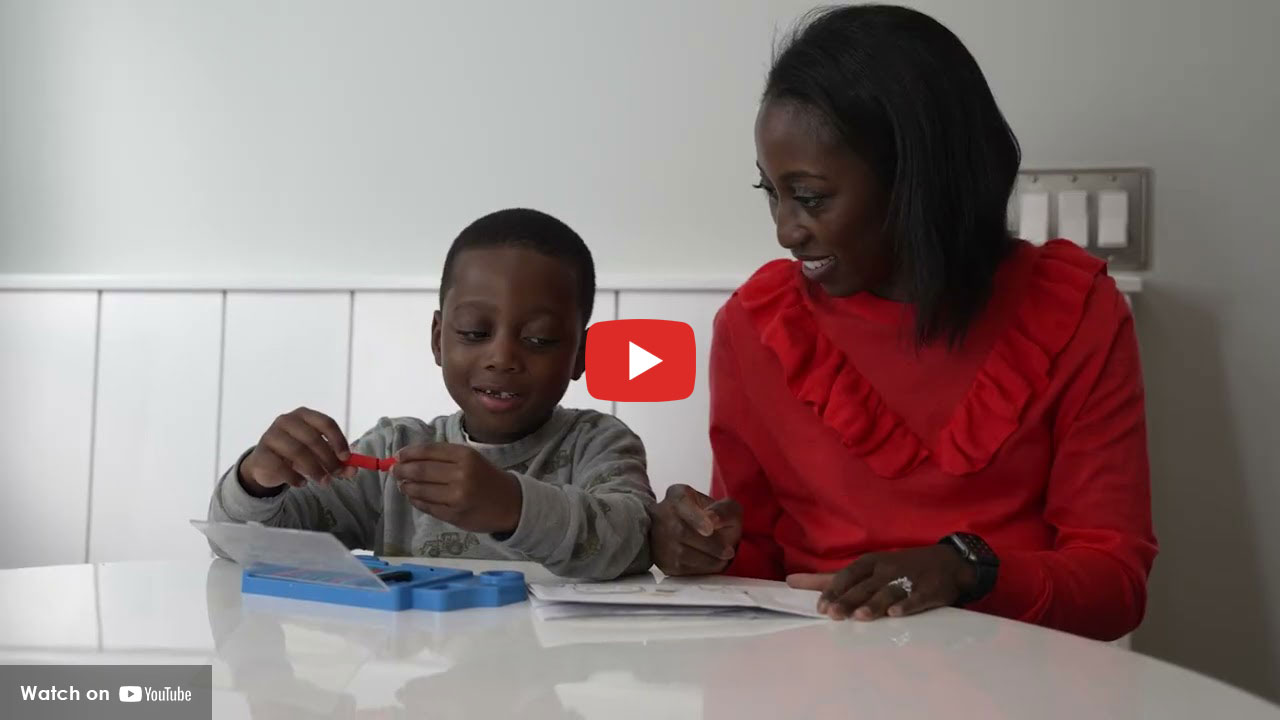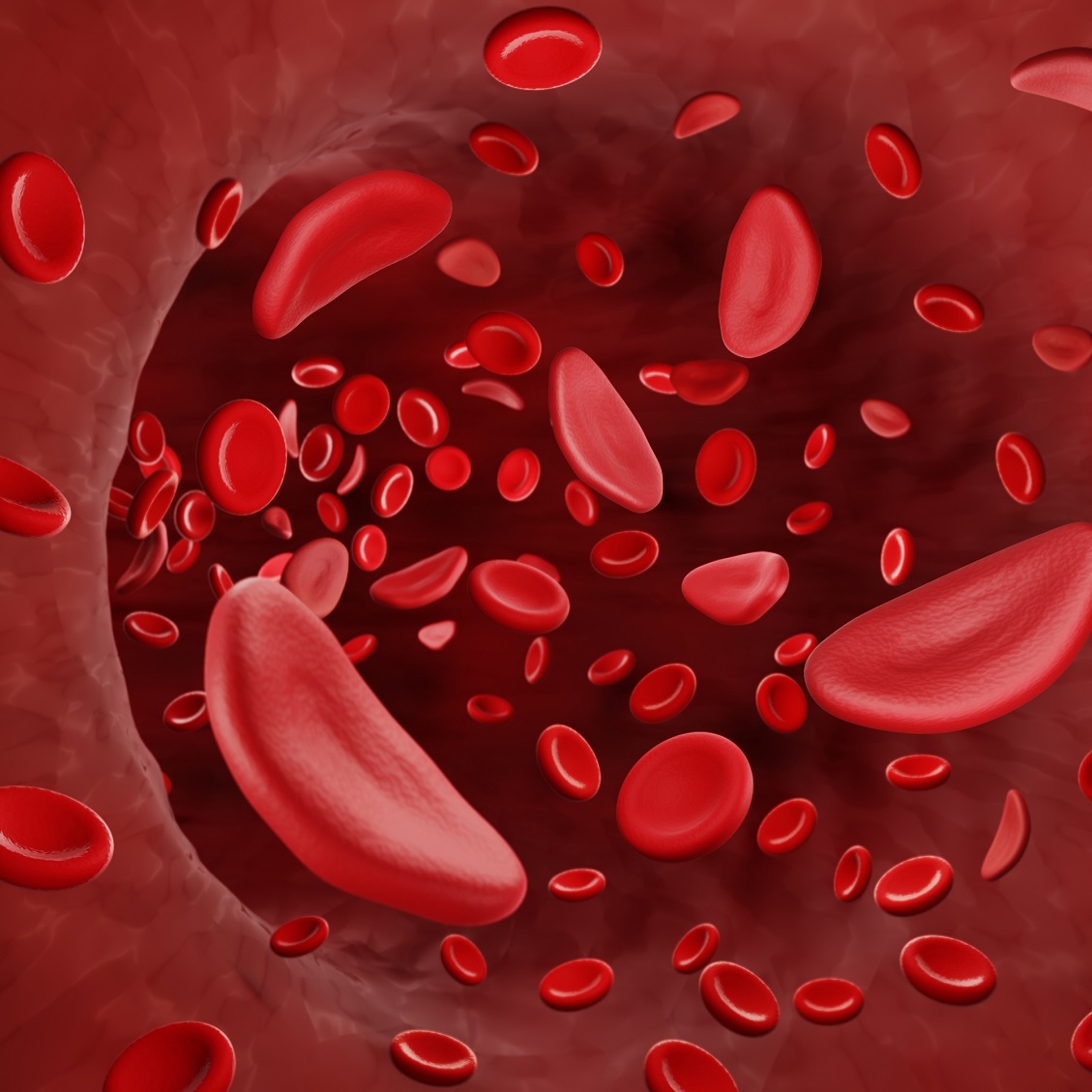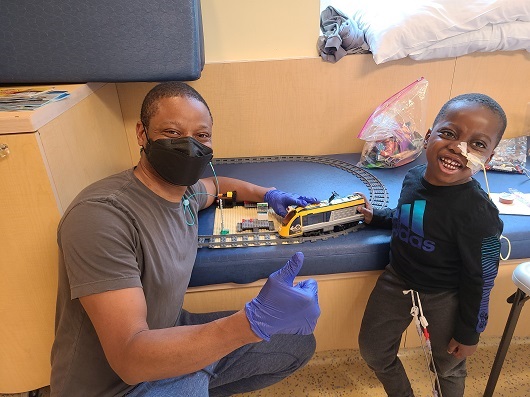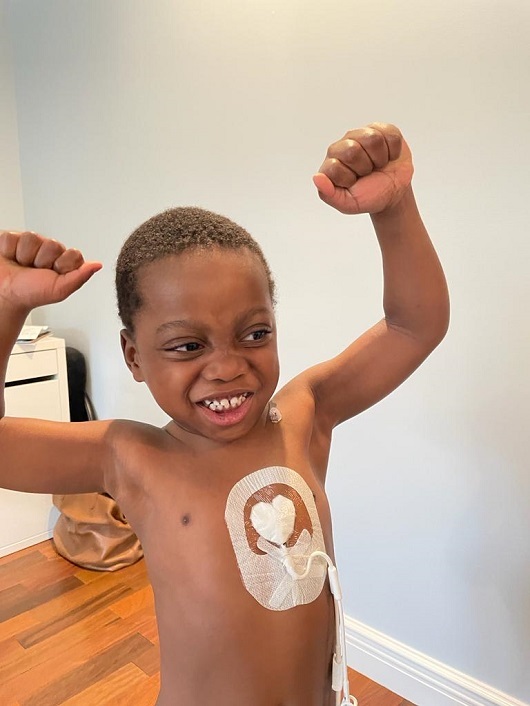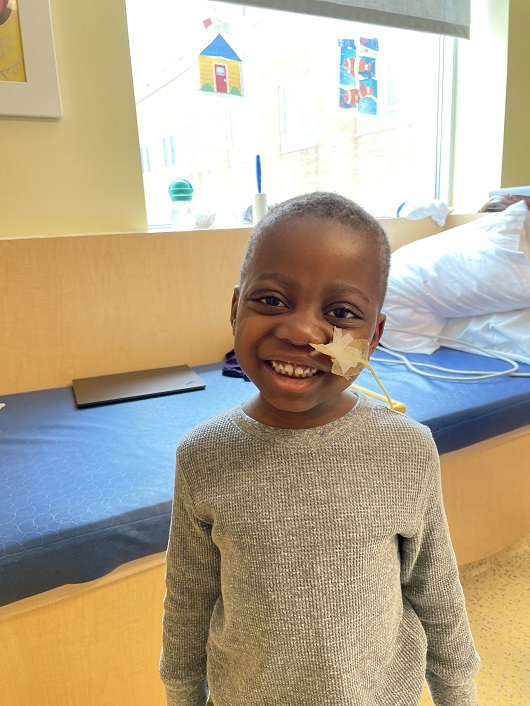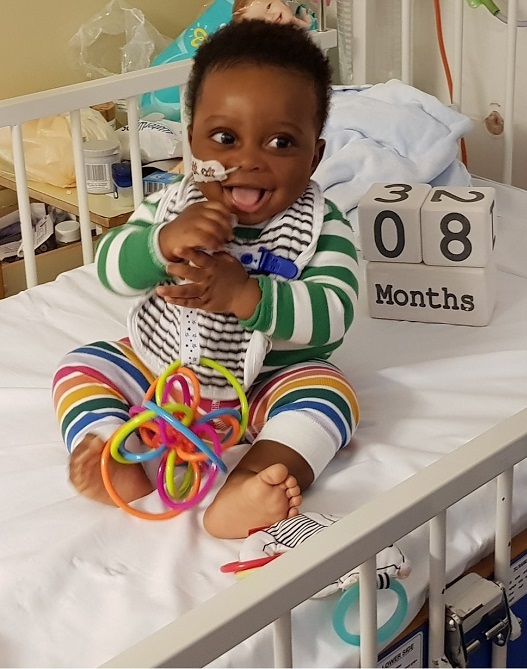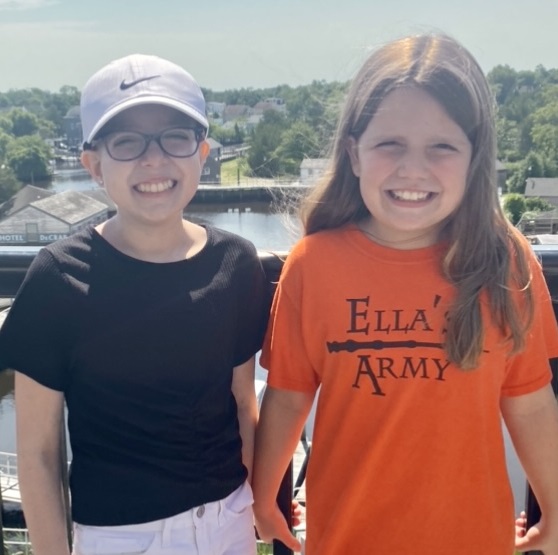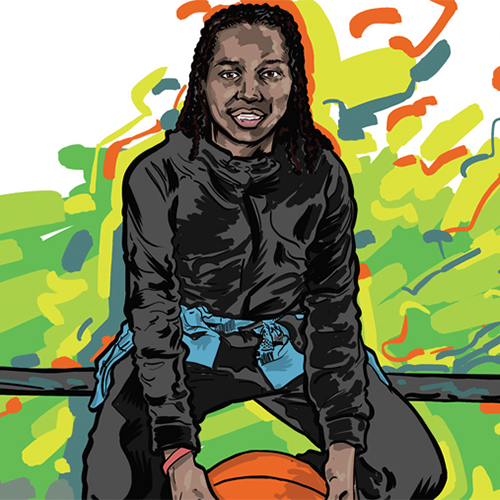5-year-old Boy Cured From Sickle Cell Disease
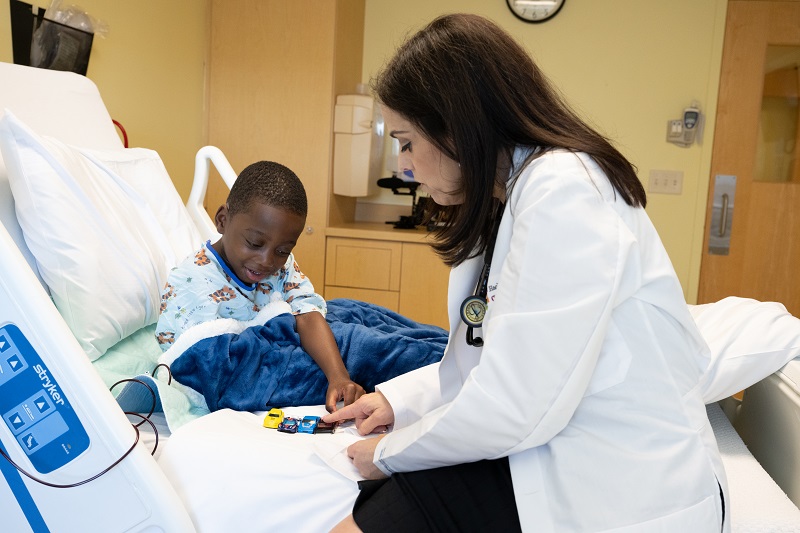
October 17, 2023
Folu and Akua Okunseinde knew they were carriers for sickle cell anemia, but when they learned through prenatal testing that their unborn baby, Tobi, had the disease, they were taken aback.
“It was always something in the back of our minds, but when we saw the result, that was a tough moment,” Folu says.
Sickle cell disease, or sickle cell anemia, is an inherited red blood cell disorder. Red blood cells—normally round—become sickle shaped—or banana shaped. The sickle shape can cause the cells to bunch up, preventing oxygen from getting to various parts of the body, which causes pain and can lead to serious complications, such as stroke.
Tobi’s first sickle cell crisis, a painful episode that can lead to severe problems, occurred when he was 7 months old. A few months later, the Okunseindes flew from their home in London, England, to New Jersey to visit family. While there, Tobi had another health crisis that found him admitted to Joseph M. Sanzari Children’s Hospital at Hackensack University Medical Center.
Hope for Sickle Cell Thousands of Miles Away
During that hospital stay, the Okunseindes spoke with the pediatric hematology team about a bone marrow transplant. The Children’s Hospital is the only one in New Jersey doing pediatric bone marrow transplants and is one of 40 hospitals nationwide that is part of the STAR Consortium, which works to make transplant for sickle cell patients accessible. A transplant, the Okunseindes learned, could cure Tobi’s sickle cell.
“There is a greater than 95% survival and cure rate after transplant in children with sickle cell disease with a matched sibling donor,” says Alfred Gillio, M.D., director and division chief of the hospital’s Children’s Cancer Institute and the pediatric hematologist/oncologist who performed Tobi’s transplant. Transplant and gene therapies for sickle cell are leading to better outcomes, he says.
The Okunseindes went home and thought over what they’d learned about the transplant process. “We were very worried about it,” Folu says. Even low-dose chemotherapy, which is what Tobi would need for the procedure, is scary. “As hard as a transplant is, seeing your baby in pain is worse, especially knowing that sickle cell disease can limit their life span to less than 50 years,” Folu says.
“A transplant is hard to see your child go through,” says Stacey Rifkin-Zenenberg, D.O., a pediatric hematologist/oncologist and section chief of Pediatric Pain Management and Palliative Care who helped manage Tobi’s pain. “It always is difficult to make a decision like this, but to choose a treatment to avoid the complications of sickle cell is a tremendous thing for parents to do.”
From London, the Okunseindes had another call with the Children’s Hospital’s hematology team and made a decision. “At that point, we’re like, ‘We should do this now,’” Folu says.
Bone Marrow Transplant a Complete Success
The companies the parents worked for agreed to transfer them back to the U.S., and within a couple of months, they had moved to Haworth, New Jersey, to be close to family and medical care.
While it’s possible to use a donor for the transplant, the Okunseindes opted to do in vitro fertilization (IVF) to have a sibling who would be a match for Tobi. Their second son, Kwasi, was born in 2021, and a year later, the transplant was done. Kwasi was completely unaffected by the transplant process.
“It's weird in hindsight to say this, but because we prepared a lot, the whole experience was not that bad,” says Folu. “We had a ton of support from our family and from the hospital. Everybody there is amazing, and that obviously helped us a lot.”
The transplant was a success. Tobi is cured of his sickle cell disease. “He is just a 100 percent normal kid,” says his dad.
Now 5, Tobi started kindergarten in September 2023. When his parents were filling out his enrollment paperwork and got to the question about how many medications a day their son took, they paused in relief and amazement.
Before the transplant, Tobi took four medications daily; after the transplant, 18; a year out from the transplant, cured of sickle cell, zero.
Paying It Forward After Sickle Cell Treatment
Today, the Okunseinde family is paying it forward. With the assistance of Hackensack Meridian Health Foundation, they have launched a $150,000 fundraiser to educate others about sickle cell disease treatment options and to support a nurse navigator to guide families through treatment.
To date, the Okunseindes have raised more than $46,000 from friends, family and colleagues, with donation matches from Folu and Akua’s former employers at Goldman Sachs and Google.
Sickle cell disease affects more than 3,000 children in New Jersey, yet only a handful are cured each year despite newly available treatments. The goal of fundraising is to improve on those numbers and introduce more families to the hope that is out there.
“There is not enough awareness of the therapies that are available,” Folu says. “And even if families are aware, the process of getting treatment can be daunting. Without our resources, family support, hours of research and constant advocacy, we never would have been able to cure our son. We want our journey to be the roadmap that others follow to successful outcomes for their families. The nurse navigator is critical to that success.”
Next Steps & Resources:
- Meet our sources: Alfred Gillio, M.D., and Stacey Rifkin-Zenenberg, D.O.
- To make an appointment with a pediatric specialist near you, call 800-822-8905 or visit our website.
- To support the family’s fundraiser, please visit their giving page. To learn more ways you can support sickle cell disease research and treatment, visit TackleKidsCancer.org.
- Learn more about our pediatric hematology services.
The material provided through HealthU is intended to be used as general information only and should not replace the advice of your physician. Always consult your physician for individual care.

